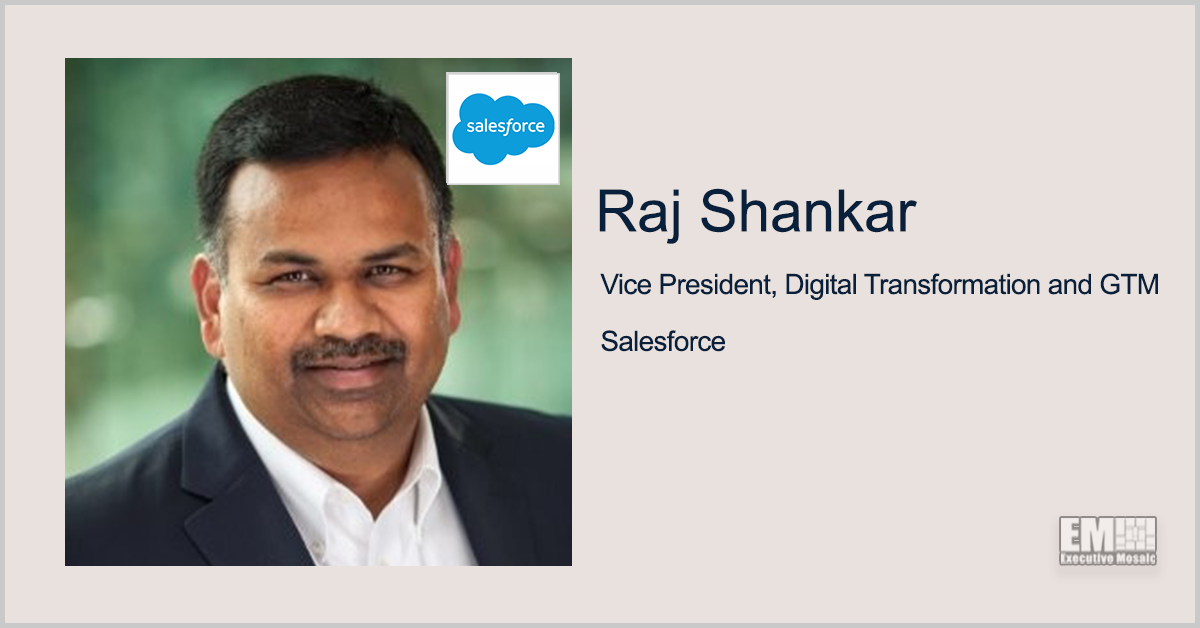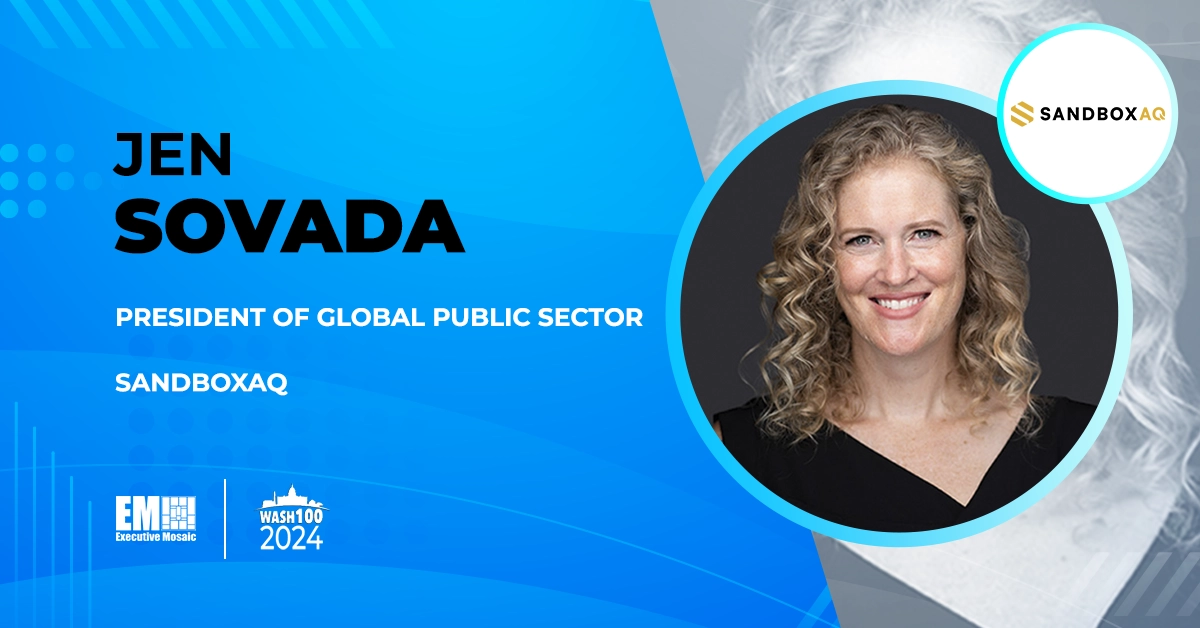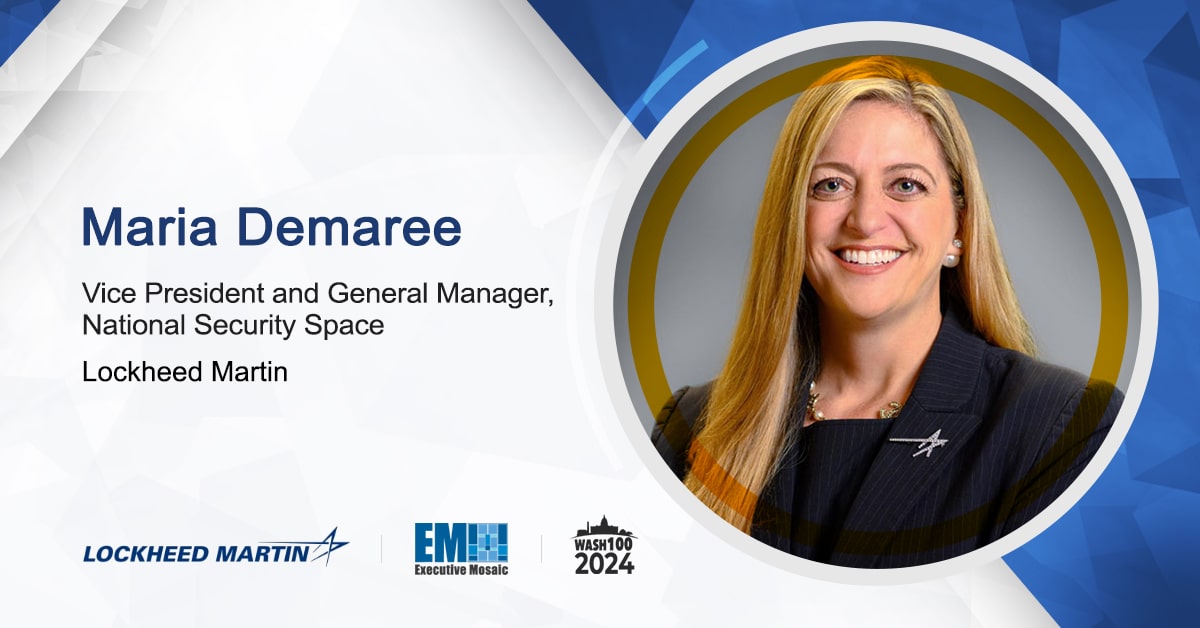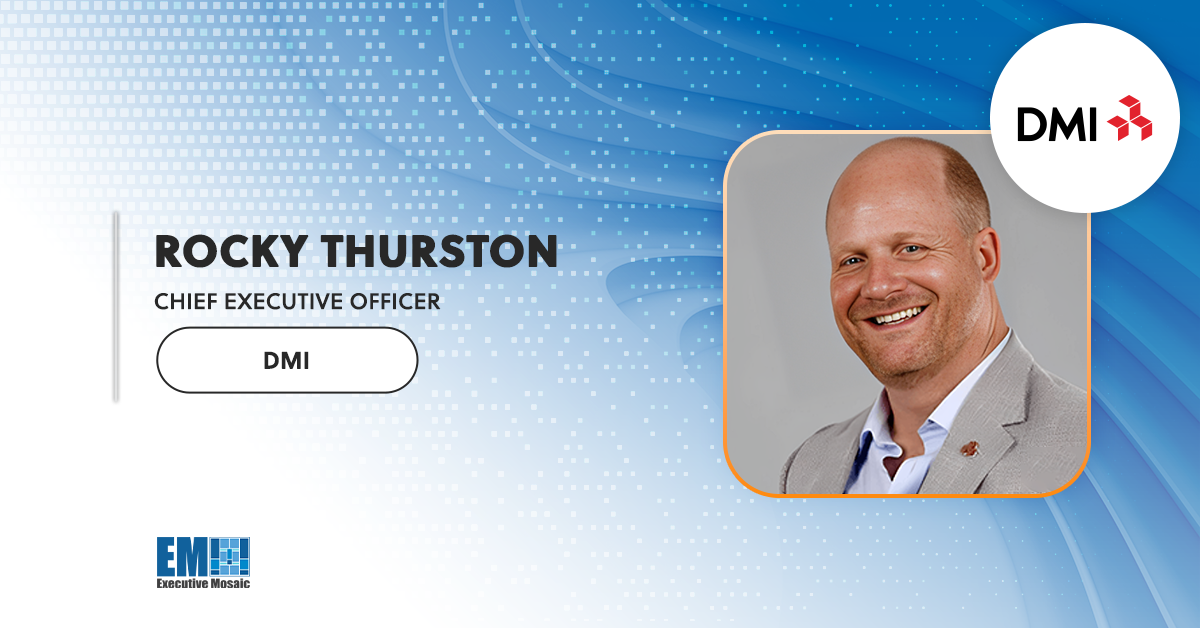Raj Shankar, vice president of digital transformation & GTM at Salesforce, recently spoke with GovCon Wire regarding the importance of data transformation and how Salesforce can help drive larger digital transformation efforts for its customers.
In addition, Shankar also discussed how Salesforce is driving success for its customers in the government contracting (GovCon) sector as well as why he wanted to join the company and what he’d like to accomplish during his tenure in the latest Executive Spotlight interview.
“Our nation’s Aerospace and Govt customers are among the most sophisticated, and capable visionaries in the world. These trailblazers know that it’s not enough just to adapt – they need to transform to accelerate growth, and differentiate from the competition. Many are realizing that the technologies that historically helped them get to this point aren’t the innovative platforms that will fuel future growth and operational excellence. We at Salesforce, are committed to help deliver the promise of the future.”
You can read the full Executive Spotlight interview with Raj Shankar below:
GovCon Wire: Why did you want to join the company and what were the attributes of its mission that attracted you to the role? What do you hope to accomplish with the company?
Raj Shankar: “One of my favorite things about our sector is how incredibly resilient the industry can be, even after the events of the last few years. There’s been some great work being done and the pace of business never really slowed down.
These are obviously essential businesses as classified by our government. As we continue to move forward, one of the major challenges we’re seeing in the market is that many aerospace companies are struggling with their supply chains.
For instance, the defense industrial base is moving to be a more agile customer engagement model in order to bring together sales, marketing, and operations. There are obviously a lot of challenges as a part of this transformation, but one of the things that attracted me to Salesforce was the overall value proposition of what the company presented.
These vendors who are in the aerospace and defense industries, many of them have been around for a long time, they’ve made a lot of investments in systems, technologies as well as people and processes in functional areas. If you look through the life cycle across design, procurement, manufacturing, aftermarket service and so forth, these companies have a lot of investments in those areas.
Salesforce was appealing to me because I’ve always noticed that there isn’t a 360-degree view across the life cycle for these companies. We have a lot of great systems from an operational standpoint, but how are we making this even more relevant to our customers and partners as well as to our suppliers and employees.
With Salesforce, our complementary technologies are really designed to bring a huge impact and value to our customers. My goal in joining the company was to lead industry and go-to-market strategies that are squarely to open the aperture with our customers, in terms of the value we can bring them across their lifecycle in the aerospace and defense sectors.
Salesforce is more than just CRM. We can have conversations about program capture, program execution, manufacturing efficiency, supplier management or even aftermarket and MRO, with compelling solutions in these areas. There’s a lot to talk about with Salesforce and that’s what attracted me to come and work here.”
GovCon Wire: When looking at the landscape that government contractors face today, how do you see Salesforce helping companies stay competitive?
Raj Shankar: “If you look at what’s happening with industry, you hear a lot of the different vendors talk about the need for a connected ecosystem. There are a lot of our customers who talk about having a connected ecosystem.
To me, that is a microcosm of the 360 views that we are discussing right now. It’s not enough to just go and build new solutions. You really have to think about the ecosystem and the connectivity you’re going to have across your customer base.
What are the foundational technologies that they may need to invest in to have that kind of connectivity across the ecosystem? An example is how the government talks about this concept from a JADC2 standpoint. So within the Defense Industrial Base and the vendors supporting it, we talk about this all-encompassing view at least three or four times a week. It’s an ongoing conversation.
On one side of this conversation, we’re talking about innovation, growth and so forth, but this is also about resiliency. Businesses have struggled with supply chain issues, supplier risk and resiliency. As discrete manufacturing expands, supplier management and performance become even more critical.
We also hear about a lot of companies that have been struggling through the events of the past few years in terms of their capabilities to bring people together and collaborate to better manage their businesses and so forth.
I think the world has fundamentally changed in a certain respect. People will still work and come to offices, but I also think it’s going to be more of a hybrid model so that makes it even more important for your organization to do things from a connected ecosystem standpoint.
You can actually improve decision-making processes and bring people together with a connected ecosystem approach which we call as the Digital Thread for a business. You can actually rely on things like machine learning or other advanced technologies to assist with decision making, parsing the huge amounts of data that is available, while still keeping the human at the center. e.
As we talk about resiliency, we think about it from the customer lifecycle point of view. As you look at it from the aspect of sales to design through manufacturing and servicing of products, we try to help them make the right strategic investments and decisions as they reevaluate the current strategy, systems and resources.
We understand that these best-of-breed systems exist for a reason. They are very good at what they do, but they also end up becoming silos. How can we unlock the connective tissue across the full enterprise and build resiliency to drive fast decision-making?
With our technology and platform, how can we drive more insights? That’s essentially what we are trying to do and our customers are really looking to us to help them through scaling up efficiency and innovation.”
GovCon Wire: With the influence of emerging technologies impacting every aspect of business, how has your company been able to drive digital transformation efforts to stay ahead of innovation in the federal landscape for yourself and your customers?
Raj Shankar: “As you can see across the industry, our businesses are facing a lot of different headwinds whether it be profitability, stability or resiliency, especially as it pertains to the past few years. Federal Acquisition modes are also evolving, with a healthy increase of rapid acquisition of technologies and capabilities in recent years.
Salesforce is approaching all this with a holistic perspective. We’re really thinking about how we can help our customers keep everything going as they build new business models.
It’s an observation based on years of experience. There’s a lot of drive for innovation in terms of the technologies and things that aerospace vendors have done in the industry, especially from the technical side. That could be 5G, Artificial Intelligence, and machine learning among other things.
There’s also been virtually not much change within their internal environments to embrace these transitions and some of these businesses have been around for hundreds of years. There is an opportunity to transition to new business models and to drive greater innovation, even internally.
They can build resilience in the overall business environment and production, with their supply chains and so forth to stay competitive. These vendors also must be more compliant with the latest security standards, CMMC, and other aspects. I believe that’s where the power of the Salesforce’s Customer 360 platform comes into play.
There are many value propositions that we deliver for our customers that help with new top-line growth as well as operational efficiency, including a superior bid/capture strategy that harnesses all the available internal and external data, and streamlined program execution that focuses on resource utilization, and predictable margins. Digital Thread that serves as connective tissue across their organization, connected sales and services as well as workforce engagement and cyber risk mitigation. These are all pillars of what we talk to our customers about, which also includes solutions and differentiated value that we’re bringing to the table.”
GovCon Wire: We often talk about data transformation being a fundamental part of a digital transformation. How does Salesforce help in this aspect of a larger digital transformation?
Raj Shankar: “One of the things that is very striking if you look at the research data is the abundance of disparate systems and siloed processes within enterprise environments. Those two things really stand out. Only nine percent of organizations that are really driving operational efficiency and business gains have a true data strategy.
Over 40 percent say that disparate systems and data sources are posing major challenges for the industry. As we look across the lifecycle of our defense customers’ businesses, the underlying data sources that are across that lifecycle are very disparate. They’re in different formats and different technologies provided by different vendors. It’s very hard to determine where they all intersect.
As an example, traceability across the lifecycle all the way from design to procurement through manufacturing and service has always been a very hard problem. When you look at those challenges, you look for common approaches for solving, which are typically based on big data management data.
These are all tried and true techniques for how to get there, but I also see a new approach that is burgeoning. In fact, I’d say a new approach is really needed. It’s just a reality that not everybody can do these large-scale massive data transformation projects. That’s where Salesforce started realizing that the Digital Thread approach with the Unlock-Analyze-Act-Collaborate framework can really help in adopting a new approach.
The Unlock phase is about accessing your data no matter where it resides using a reusable API framework, so you derive value, on-demand and very early. The Analyze phase is about making that data richer and deriving insights by applying analysis, AI/ML, etc.
The Act phase is about taking action with the richer data through automated workflows driving your business processes, and Collaborate really helps bring all stakeholders, including customers, partners, suppliers and employees together to enable rapid collaboration and decision making.
From a customer standpoint, we’ve really tried to broaden this concept because it’s fundamentally about data and processes being stuck in silos. We truly believe that our customers need to solve for these foundational capabilities in order to thrive and grow in the coming years.
Our nation’s Aerospace and Govt customers are among the most sophisticated, and capable visionaries in the world. These trailblazers know that it’s not enough just to adapt – they need to transform to accelerate growth and differentiate from the competition. Many are realizing that the technologies that historically helped them get to this point aren’t the innovative platforms that will fuel future growth and operational excellence. We at Salesforce, are committed to helping deliver the promise of the future.”






